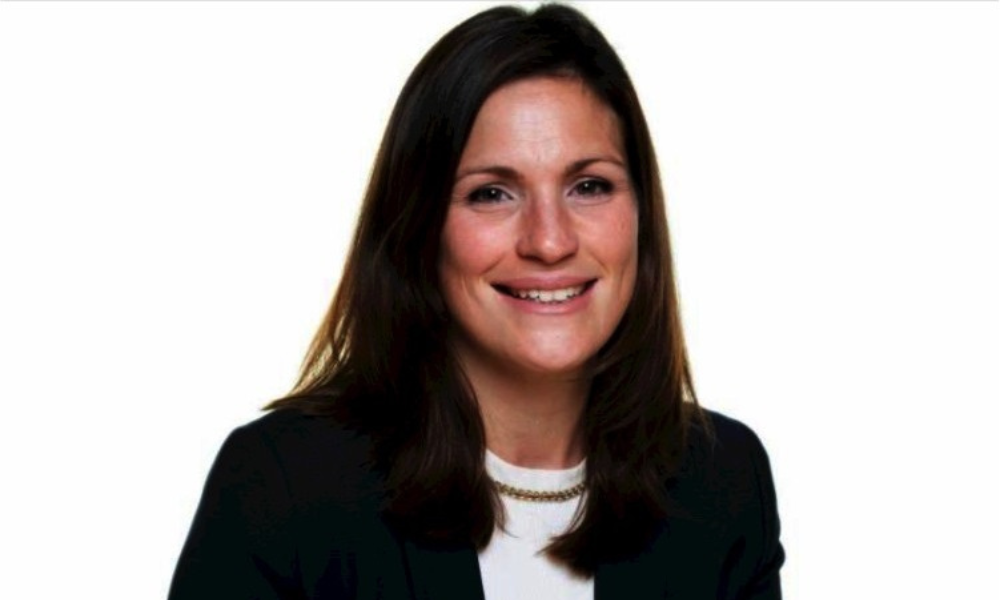However, higher rates offset affordability benefits

The UK’s house price to income ratio fell from a record high as property prices dropped while wage increased, according to new research by mortgage lender Halifax.
The cost of a typical UK home was £293,586 in June last year and the average annual earnings of a full-time worker was £40,196, putting the house price to income ratio at 7.3 – the highest or least affordable level ever recorded by Halifax.
After a year, the average house price had fallen to £286,276 and annual earnings reached £43,090 – causing a fall in house price to income ratio fell to 6.7.
The new Halifax Affordability Review – made by analysing data from its own House Price Index – revealed that while the latest house price to income ratio recorded a decline, the figure is still higher than the ratio of 6.2 posted in early 2020, demonstrating the continued legacy of surging property price inflation over recent years, brought about by increased buyer demand during the pandemic.
Halifax also noted that despite house affordability improving for prospective homebuyers, this has been offset by the impact of rising mortgage rates. Typical monthly mortgage costs have increased by +22% over the last year, from £1,020 to £1,249, based on the typical monthly cost of a five-year fixed rate mortgage, with 25-year term and a 25% deposit.
Higher British mortgage rates squeeze housing affordability: Halifax https://t.co/vdrxKnSk98 pic.twitter.com/Q5rah9eJU2
— Reuters UK (@ReutersUK) August 21, 2023
“The sharp rise seen in interest rates over the last year has meant the sums now look very different for both homebuyers and those looking to remortgage,” commented Kim Kinnaird (pictured), mortgages director at Halifax. “Typical monthly mortgage payments are up by around a fifth, which is a big jump at any time, but particularly during a wider cost of living squeeze.
“We should remember the preceding 15 years have been characterised by historically low interest rates. Mortgage costs as a proportion of income are now comparable to those seen in 2007, despite the significant rise in house prices seen over the last decade and a half.”
“Of course, much has changed in the housing market and wider economy since then. Banks carry out much tougher affordability checks to make sure borrowers can manage repayments when rates go up, and the average loan-to-value is considerably lower.”
First-time buyer affordability hit by rising rates
Halifax reported that the typical first-time buyer property price is 5.4 times the average earnings, down from 5.8 last year. However overall mortgage costs have increased by 25% for first-time buyers over the last year, from an average payment of £1,095 per month up to £1,364, as a result of higher interest rates.
Earlier this month, the Bank of England increased the base interest rate for the 14th consecutive time – climbing from a record low 0.1% in December 2021 to the highest level it has been since the economy was hit by the 2008 global financial crisis.
Reports that Halifax data indicates increased housing affordability compared to last year, attributed to higher average earnings and falling property prices. However, this positive trend is overshadowed by significant interest rate hikes. #housingmarket #mortgages #propertyprices… pic.twitter.com/M4ZwLEIL73
— Riz Malik (@Riz_1) August 23, 2023
Halifax data showed that, as a proportion of income, monthly mortgage costs have risen from 30% to 36%. This is based on typical first-time buyer property prices and the average interest rate for a five-year fixed deal, with a 25-year term and 5% deposit.
Recent industry figures also show that more than half of first-time buyers are now opting for 30-year mortgage terms – reducing their average monthly mortgage payment from £1,364 to £1,265.
“We don’t yet know what the ‘new normal’ looks like for mortgage rates and house prices over the longer-term,” Kinnaird said. “But we expect the market to rebalance as both buyers and sellers adjust their expectations to reflect higher costs and lower demand.
“It’s likely the gap between average earnings and property prices will narrow over time, which will be welcome news to first-time buyers in particular, especially in areas which could offer better value for money.”
Want to be regularly updated with mortgage news and features? Get exclusive interviews, breaking news, and industry events in your inbox – subscribe to our FREE daily newsletter. You can also follow us on Facebook, Twitter, and LinkedIn.



